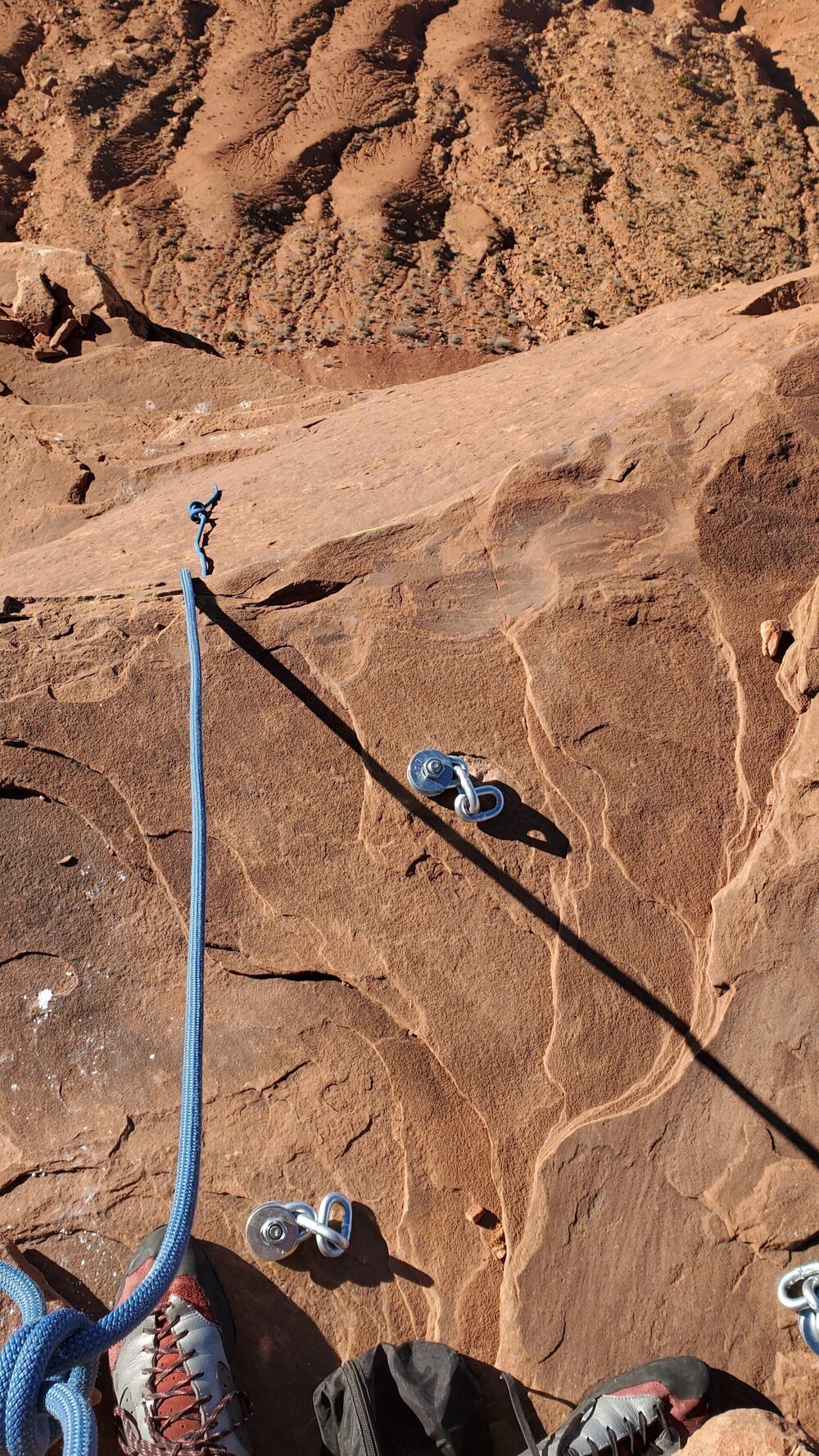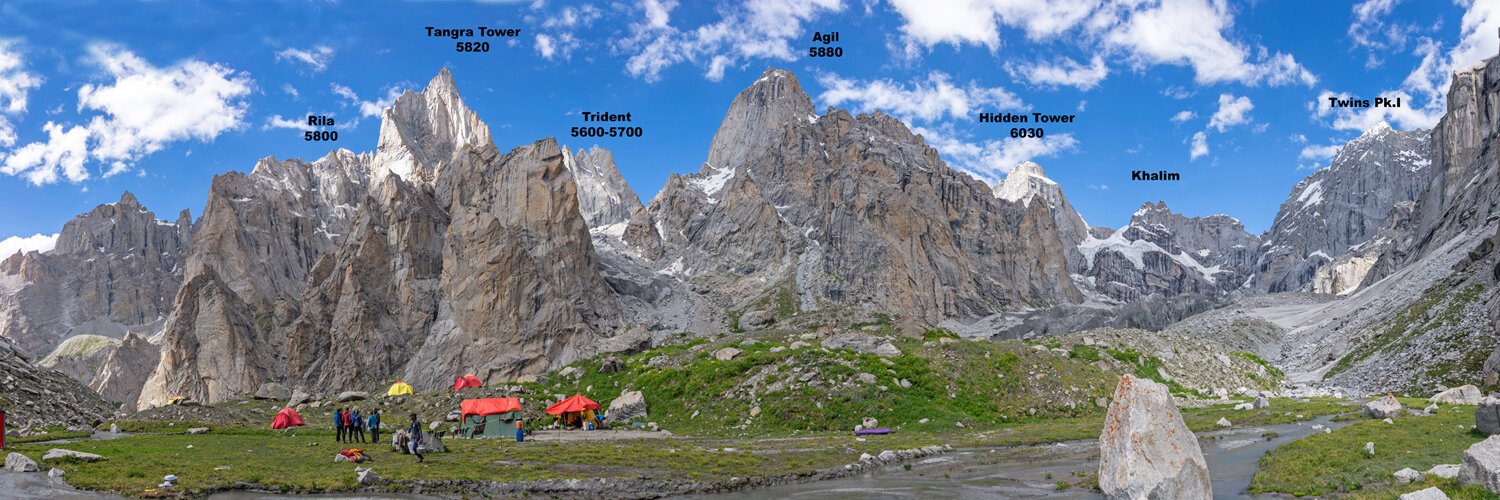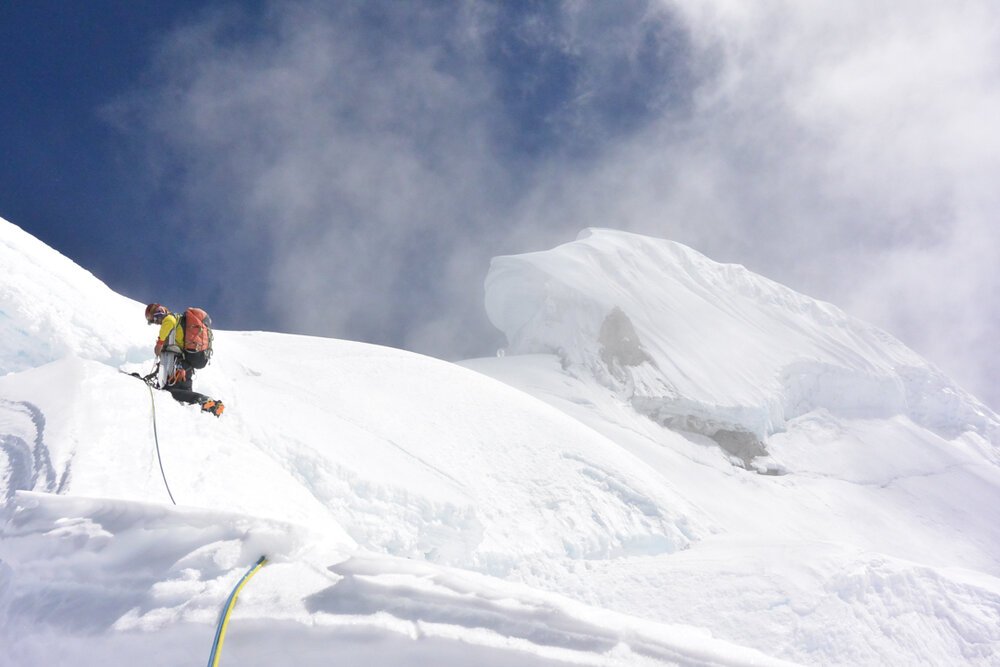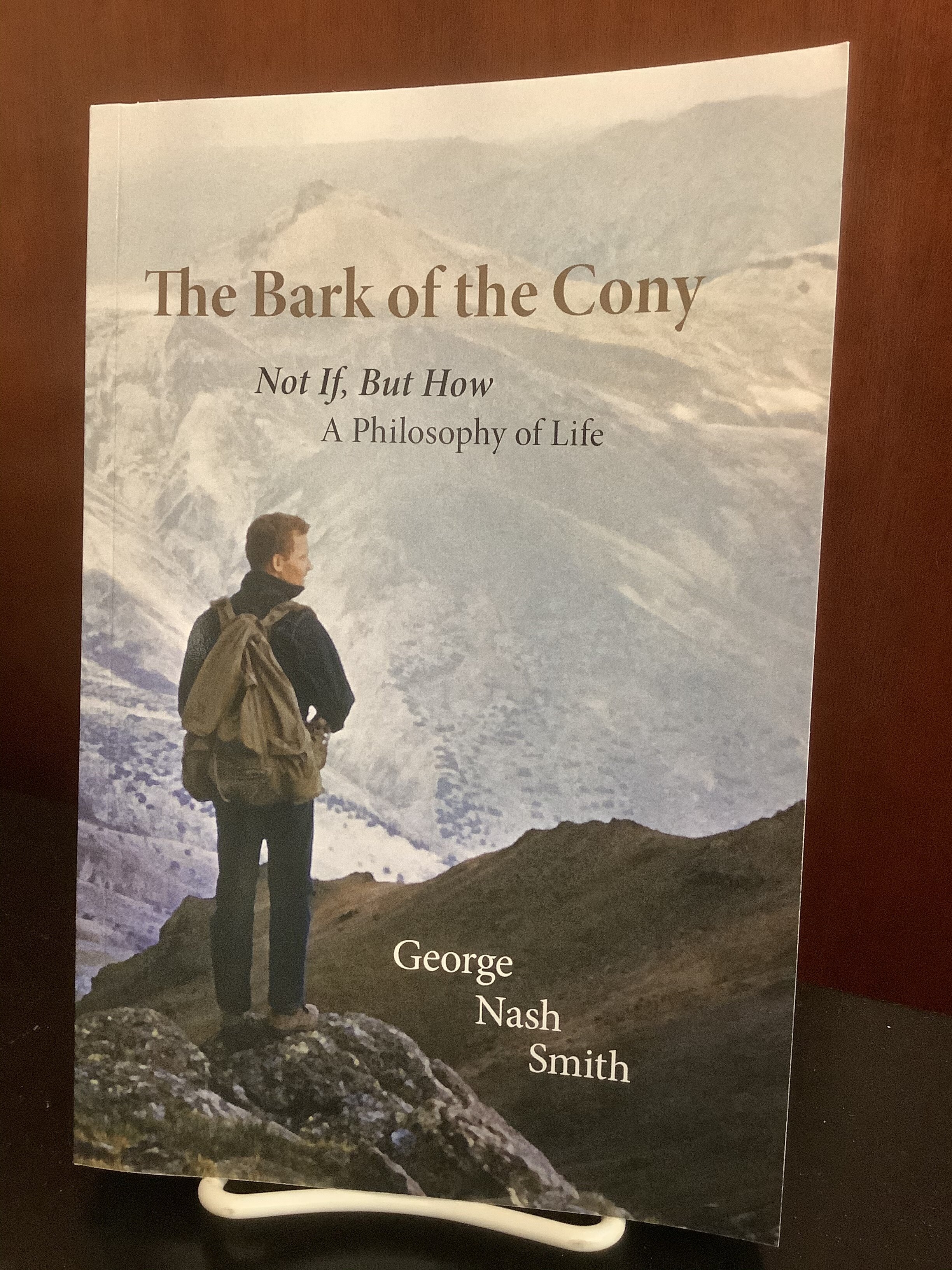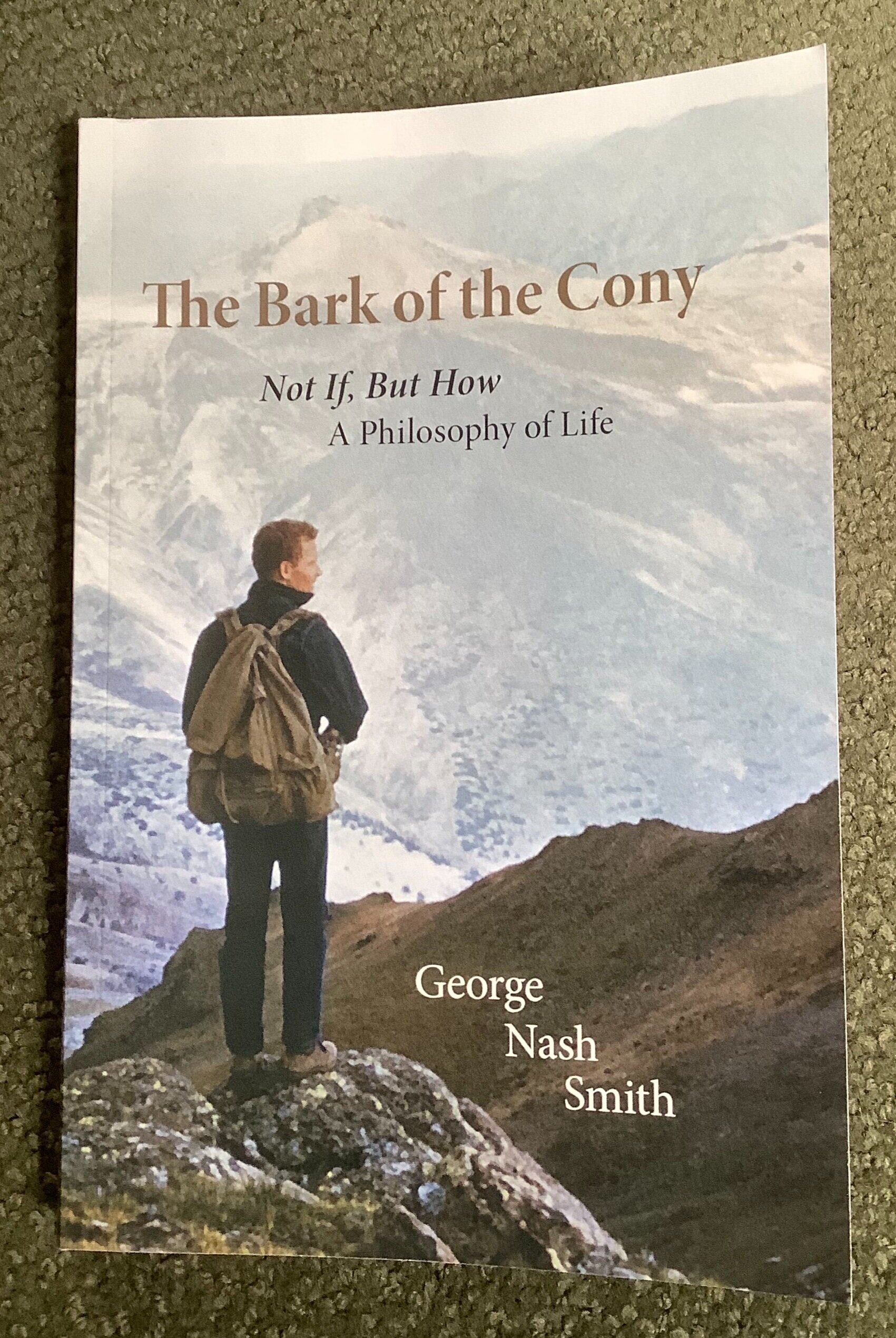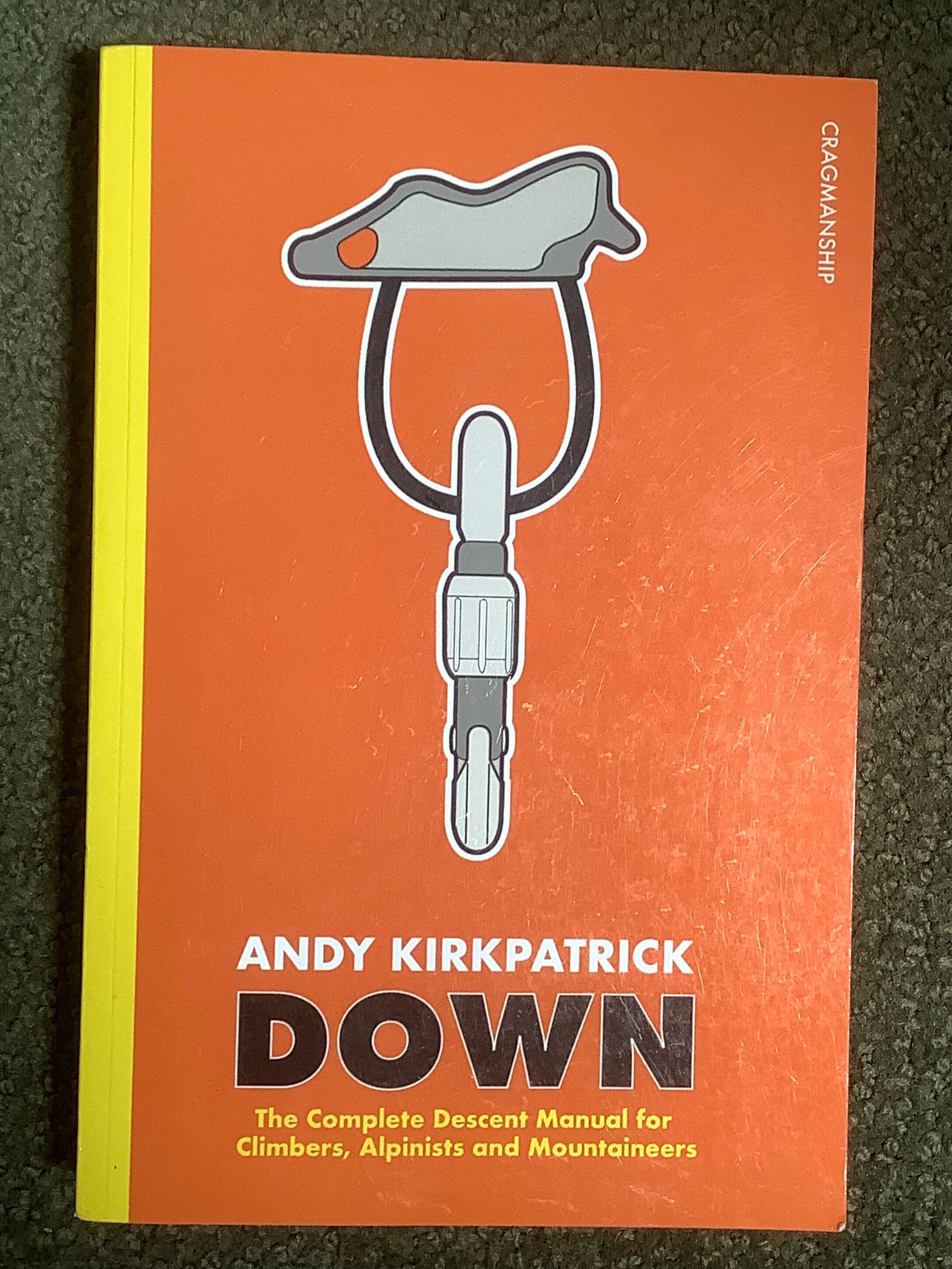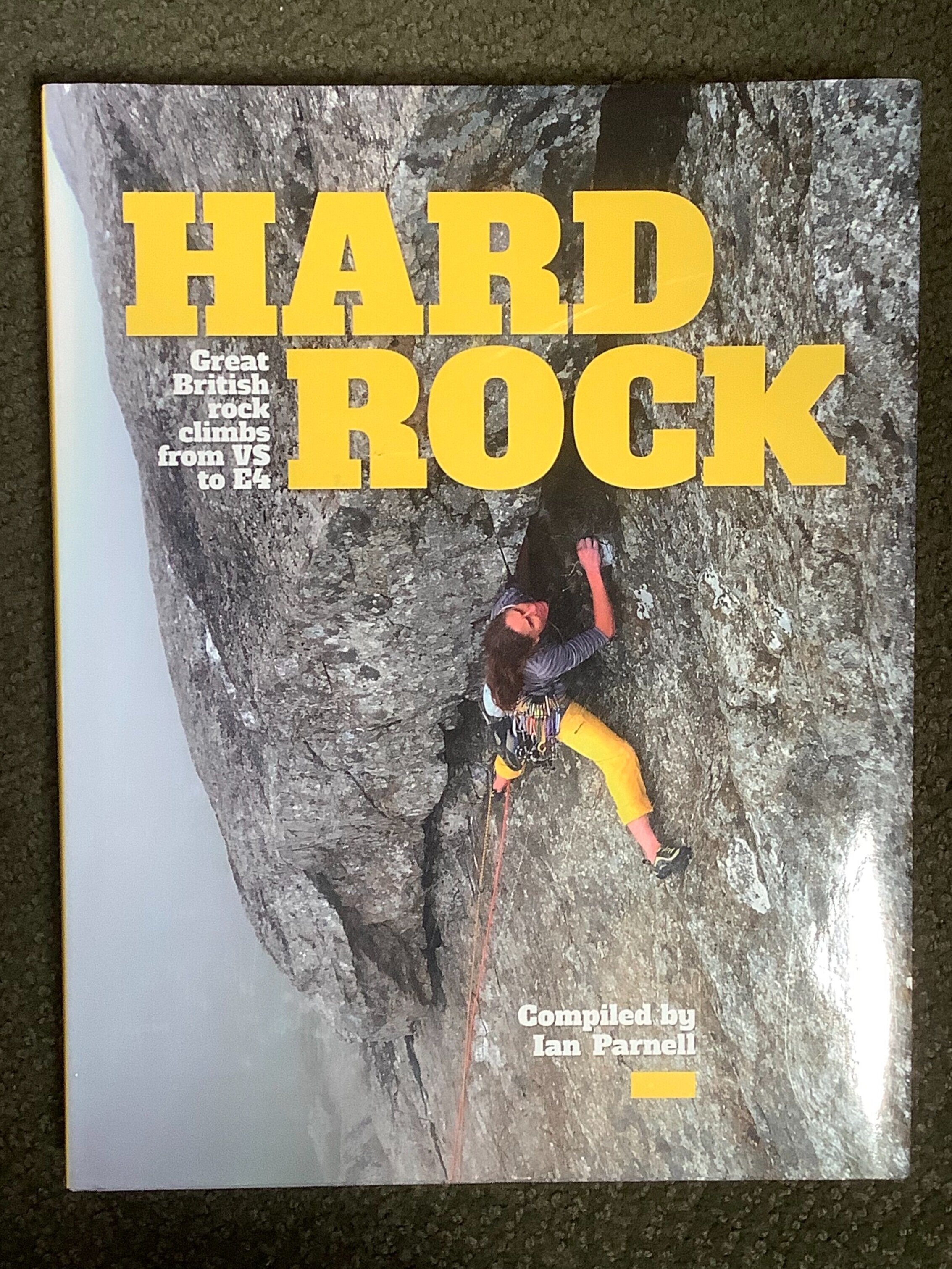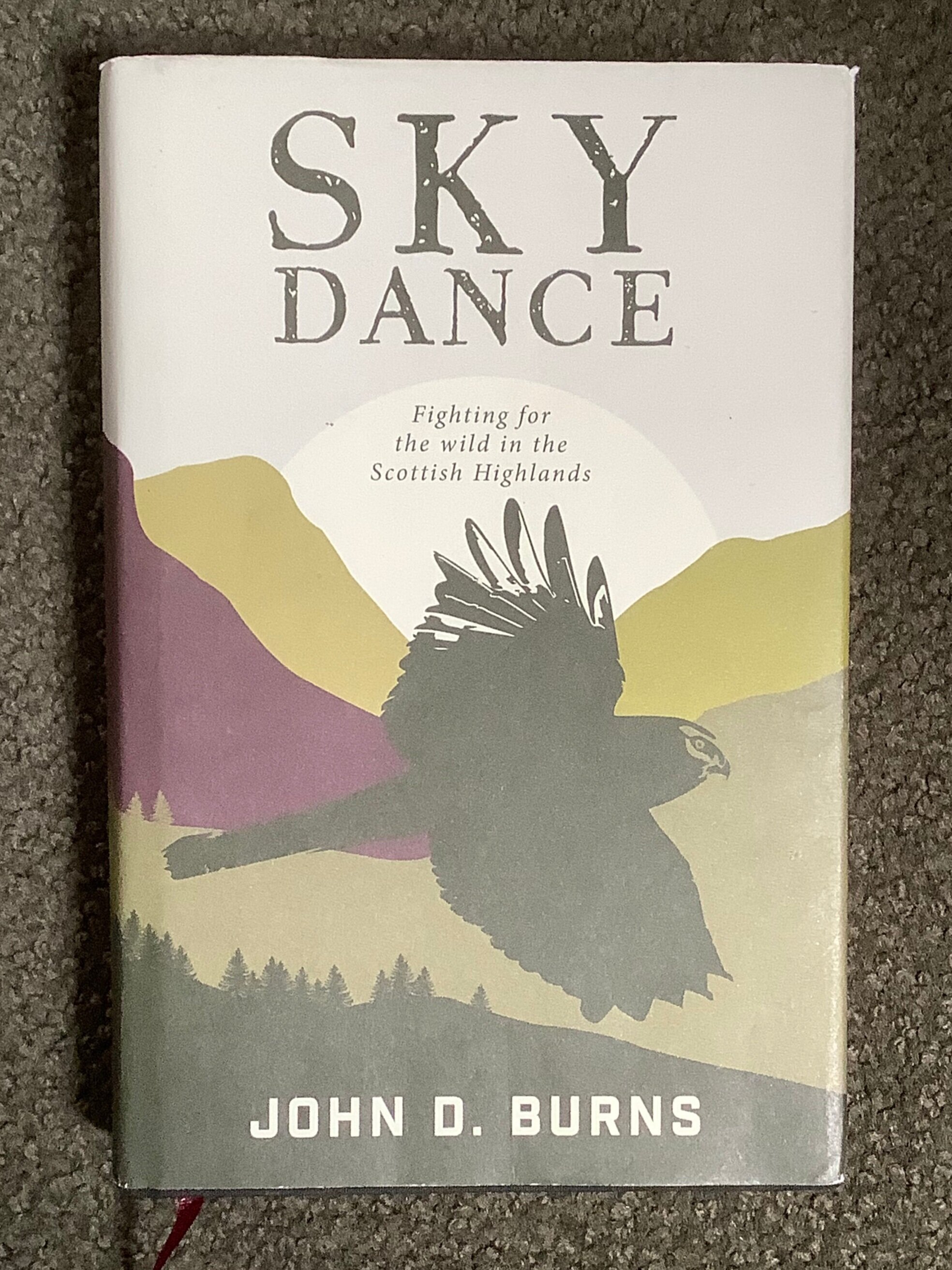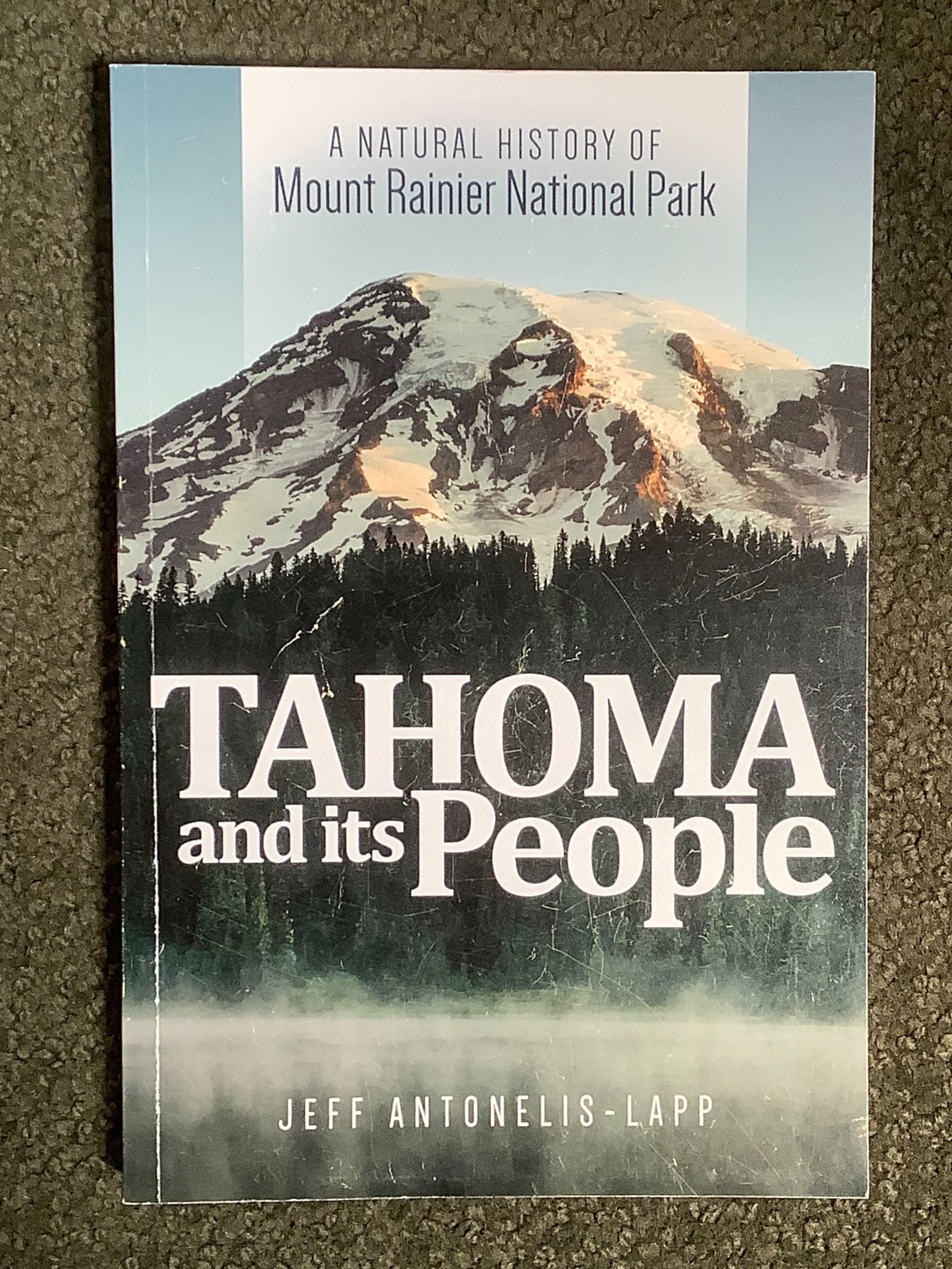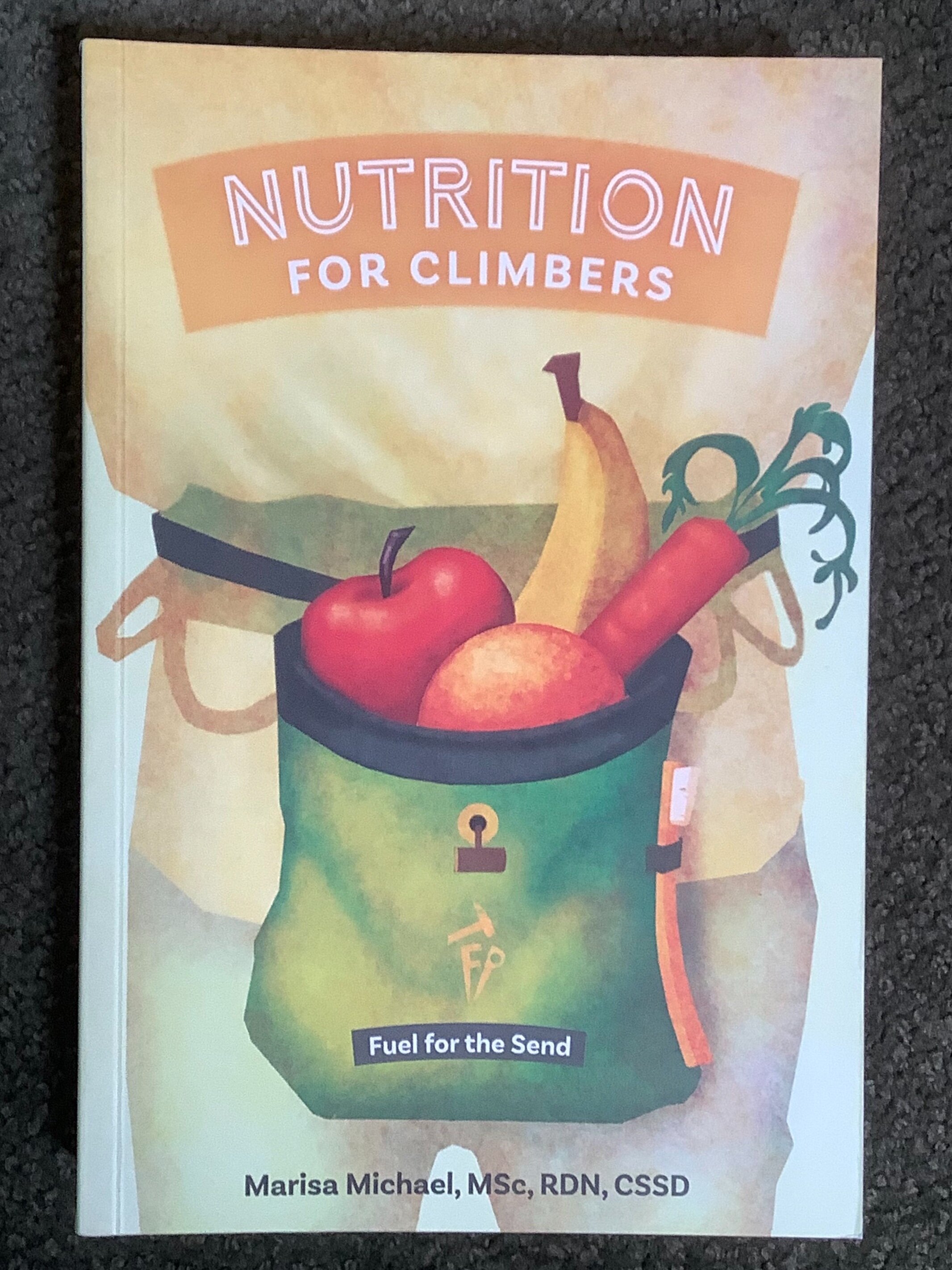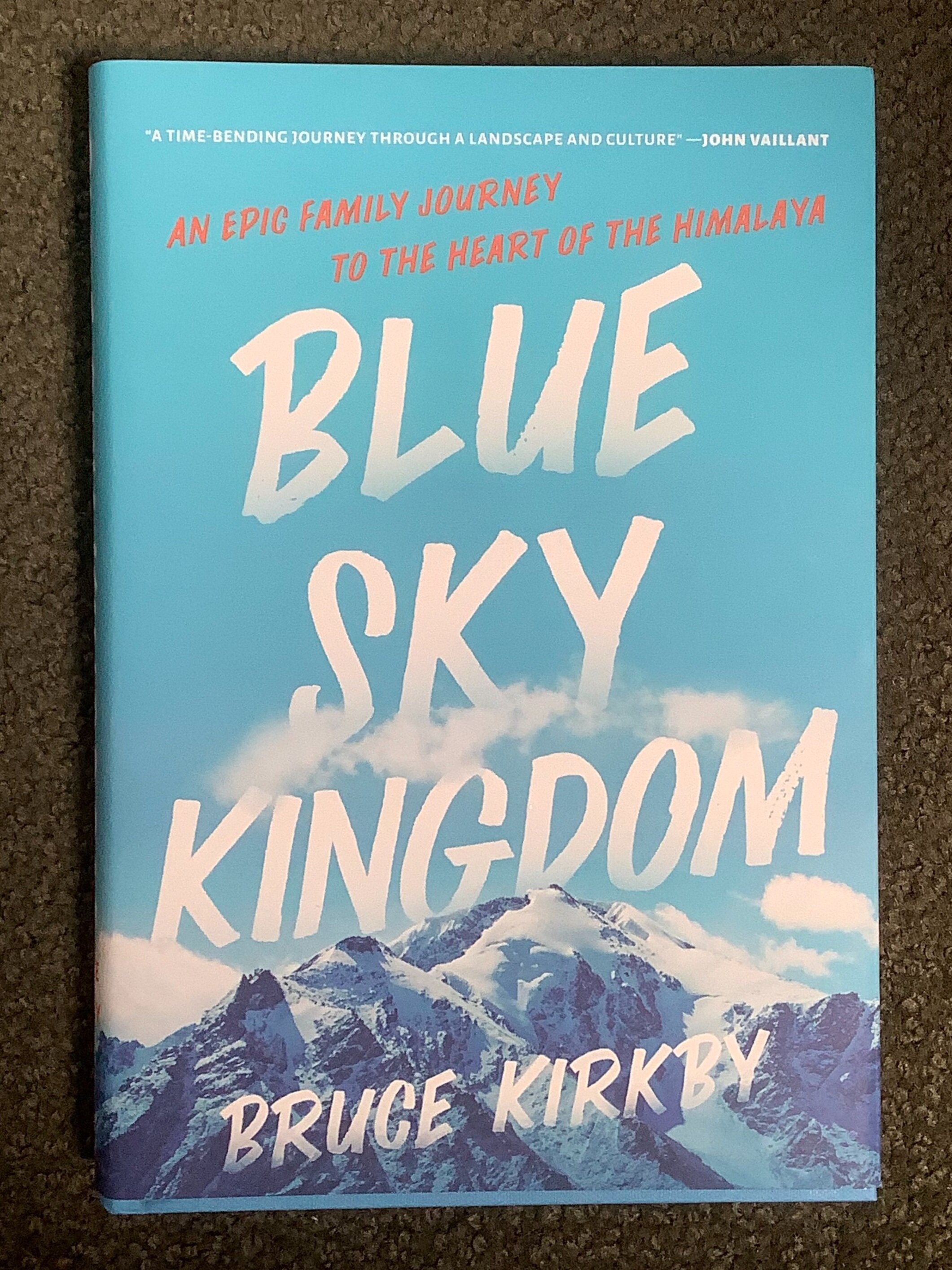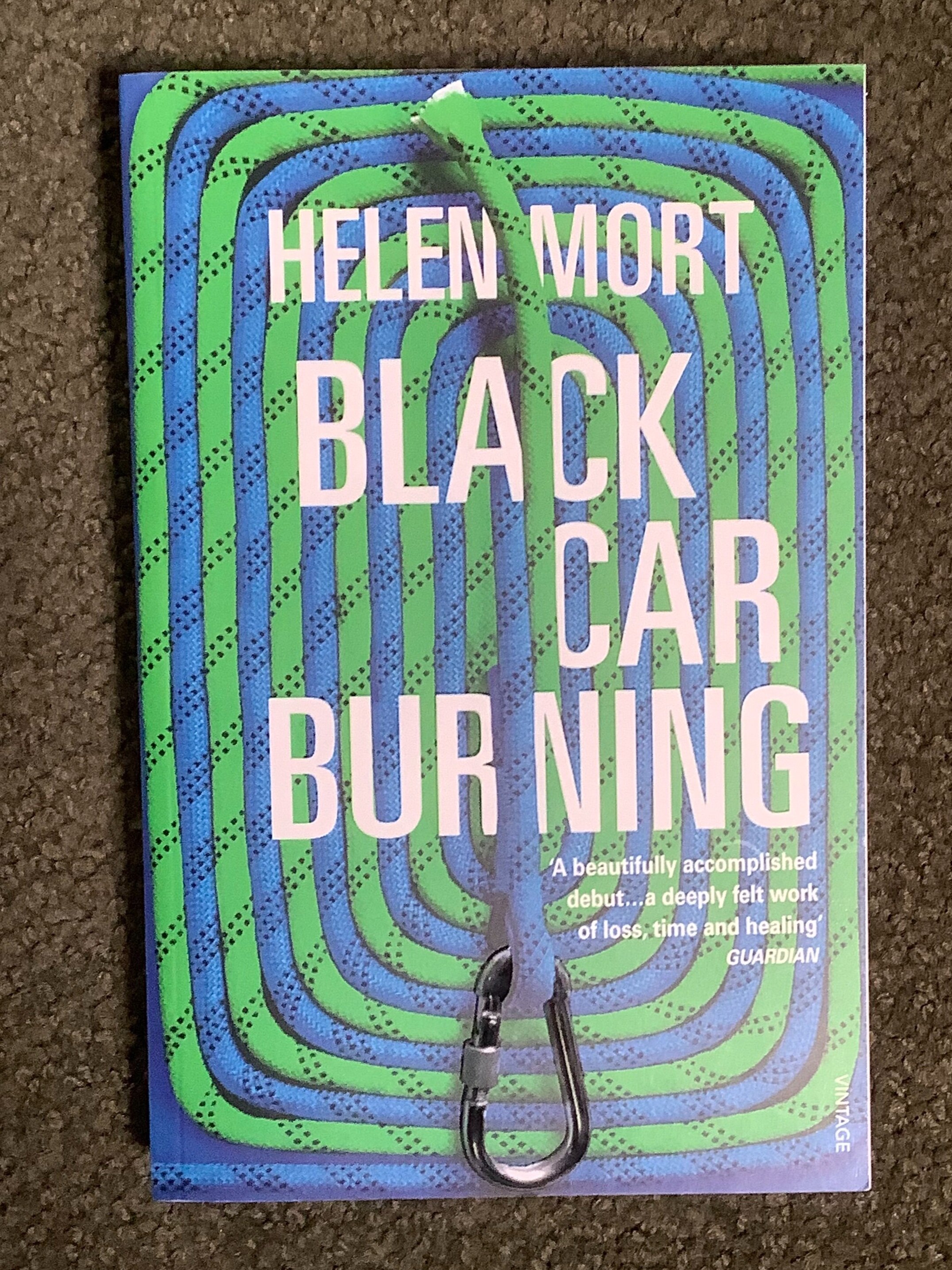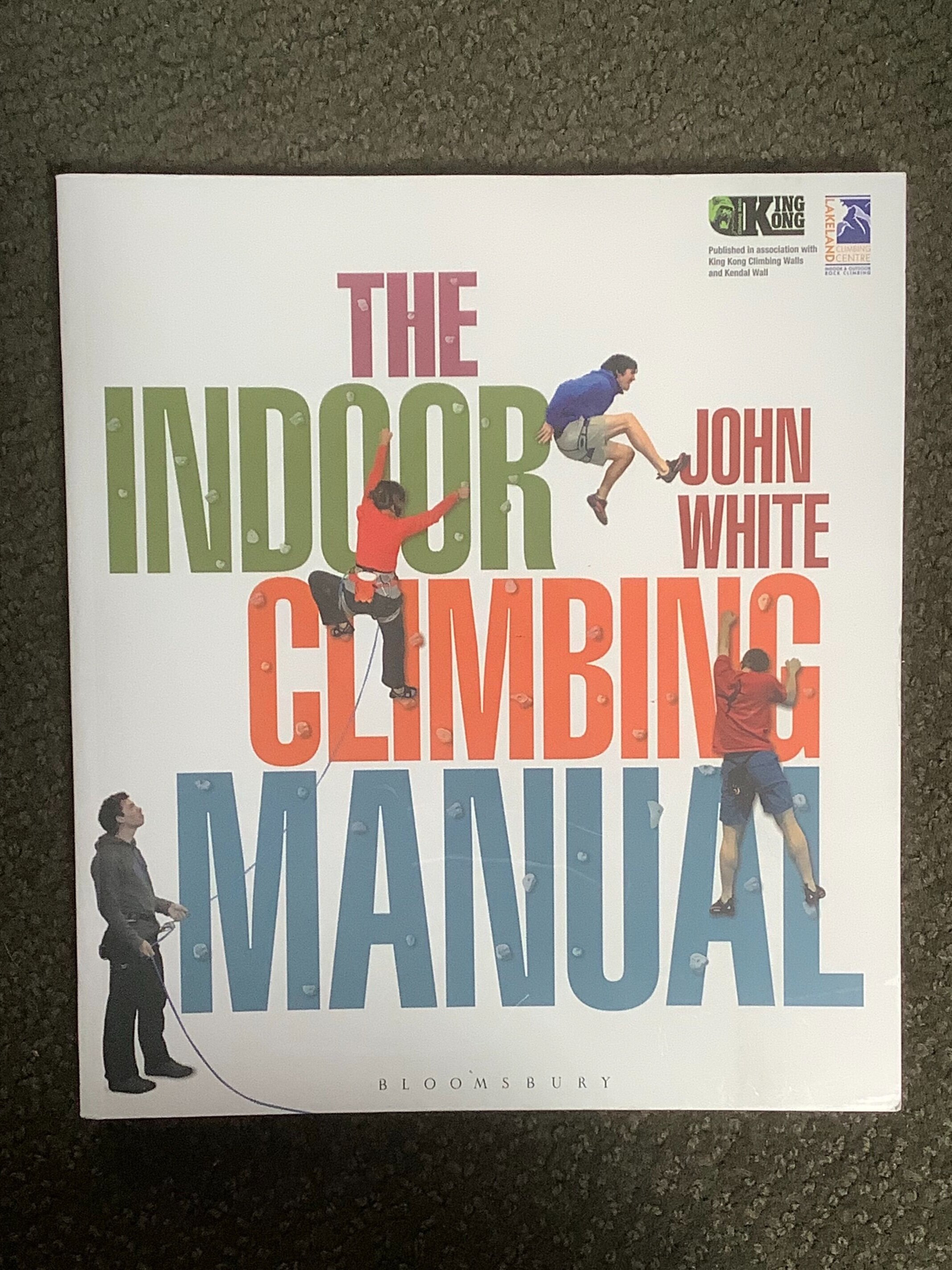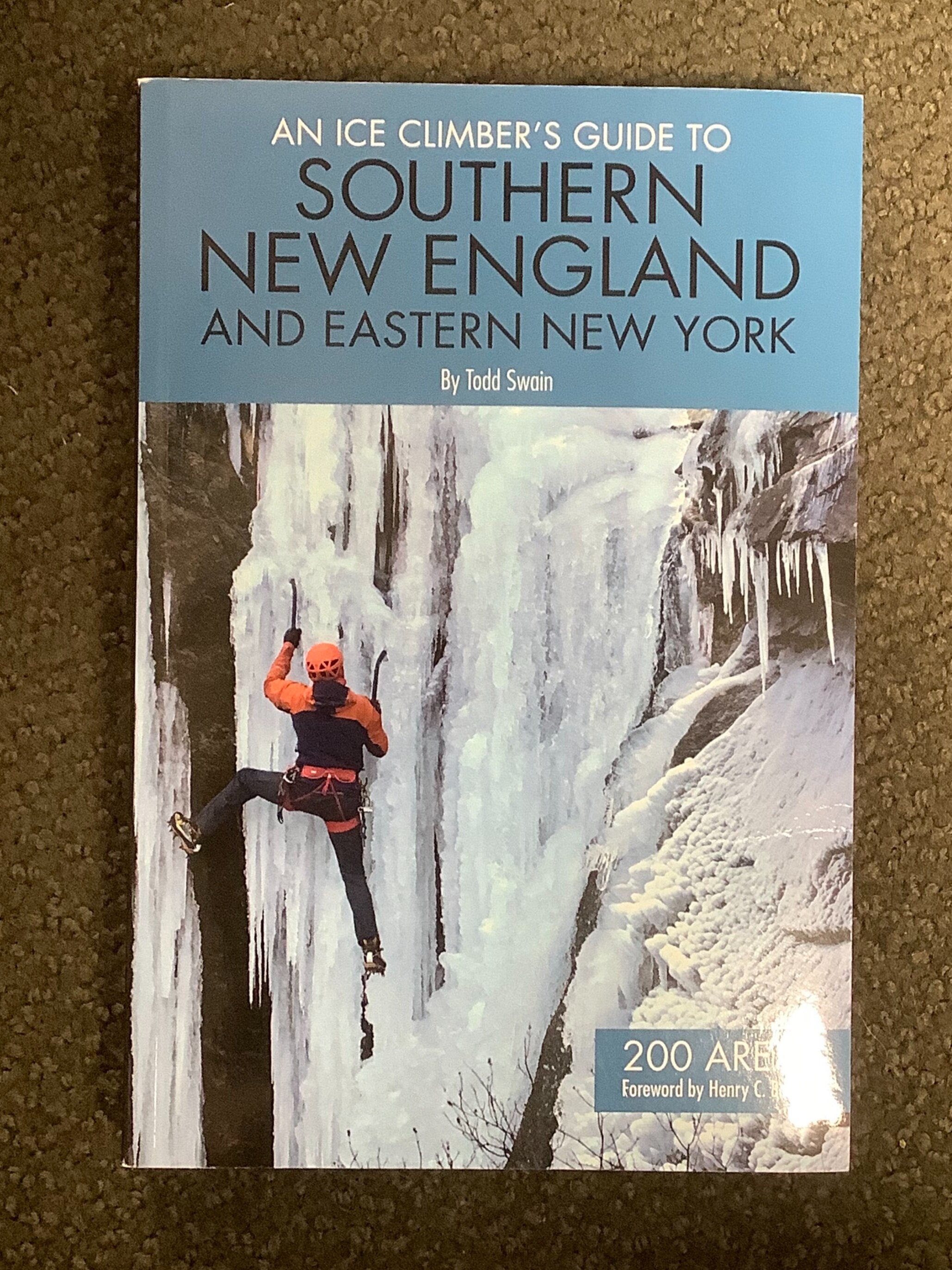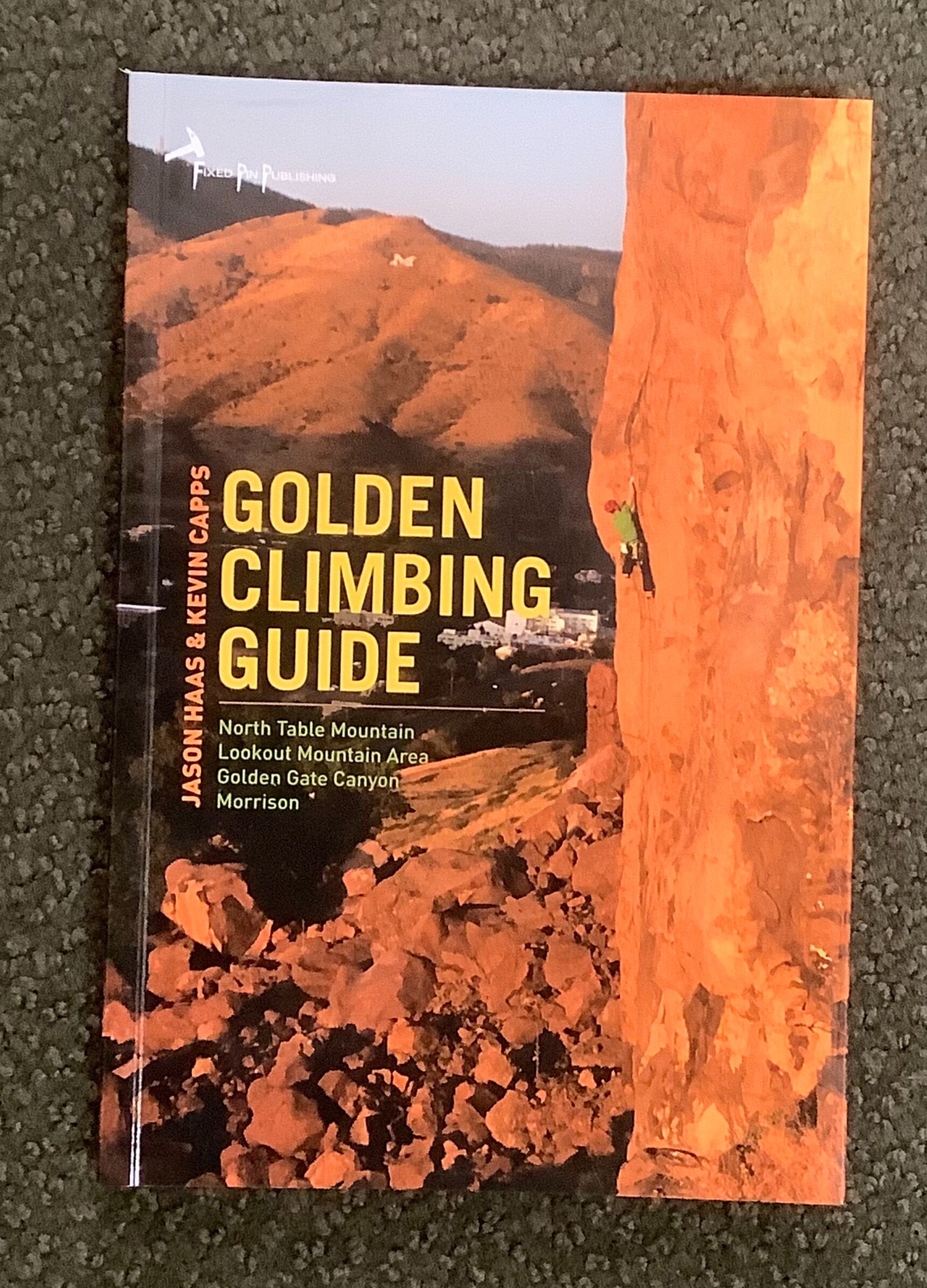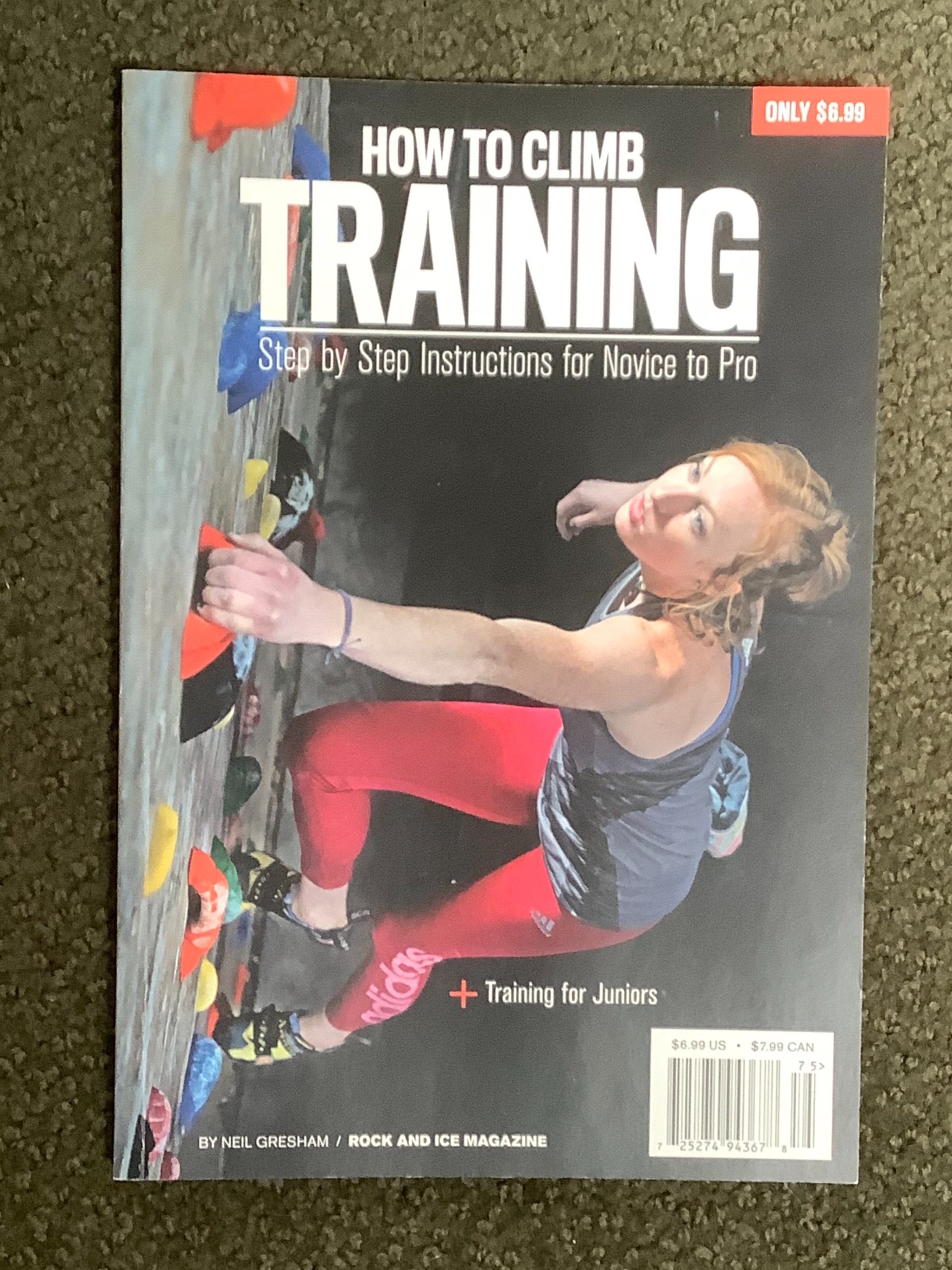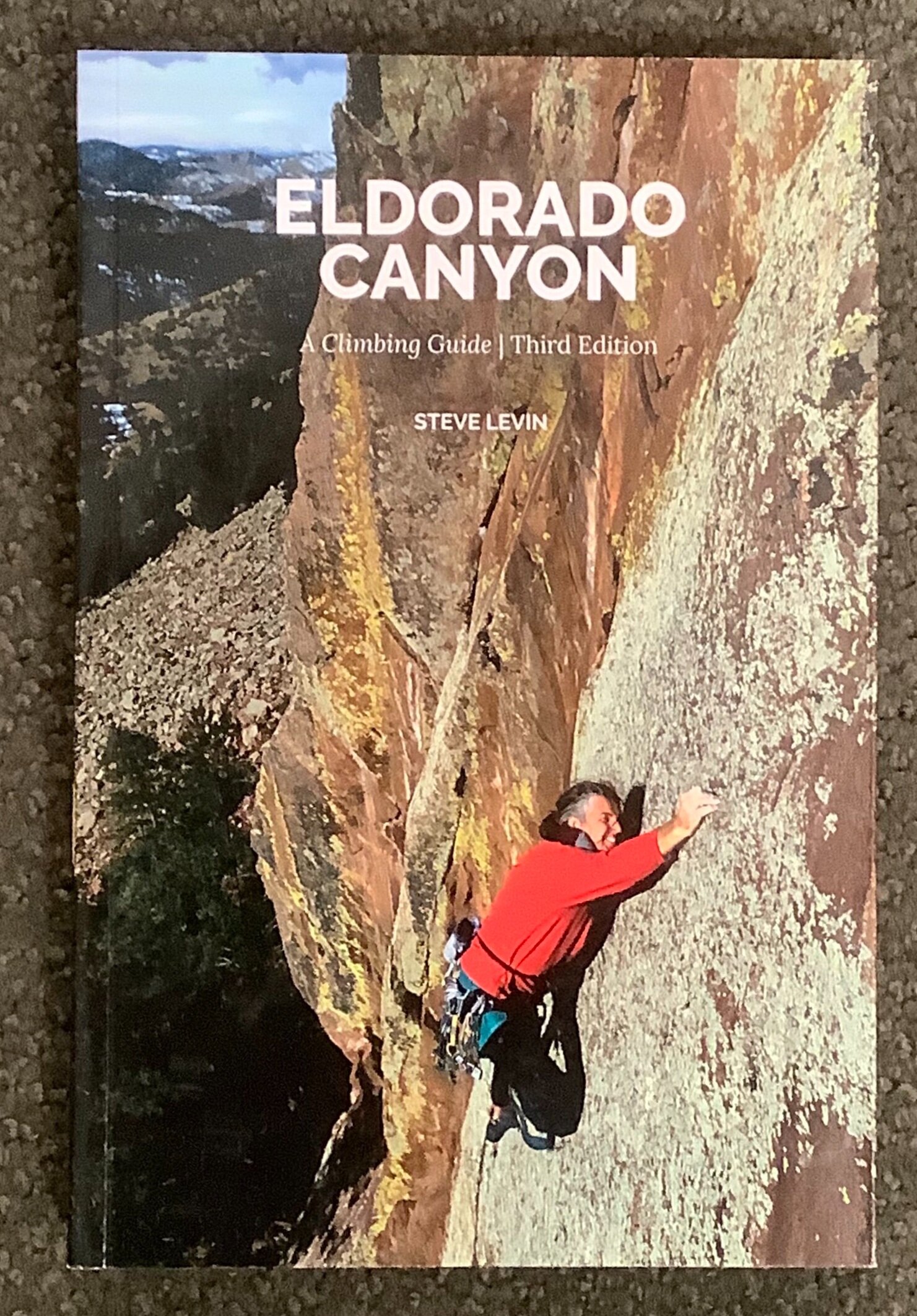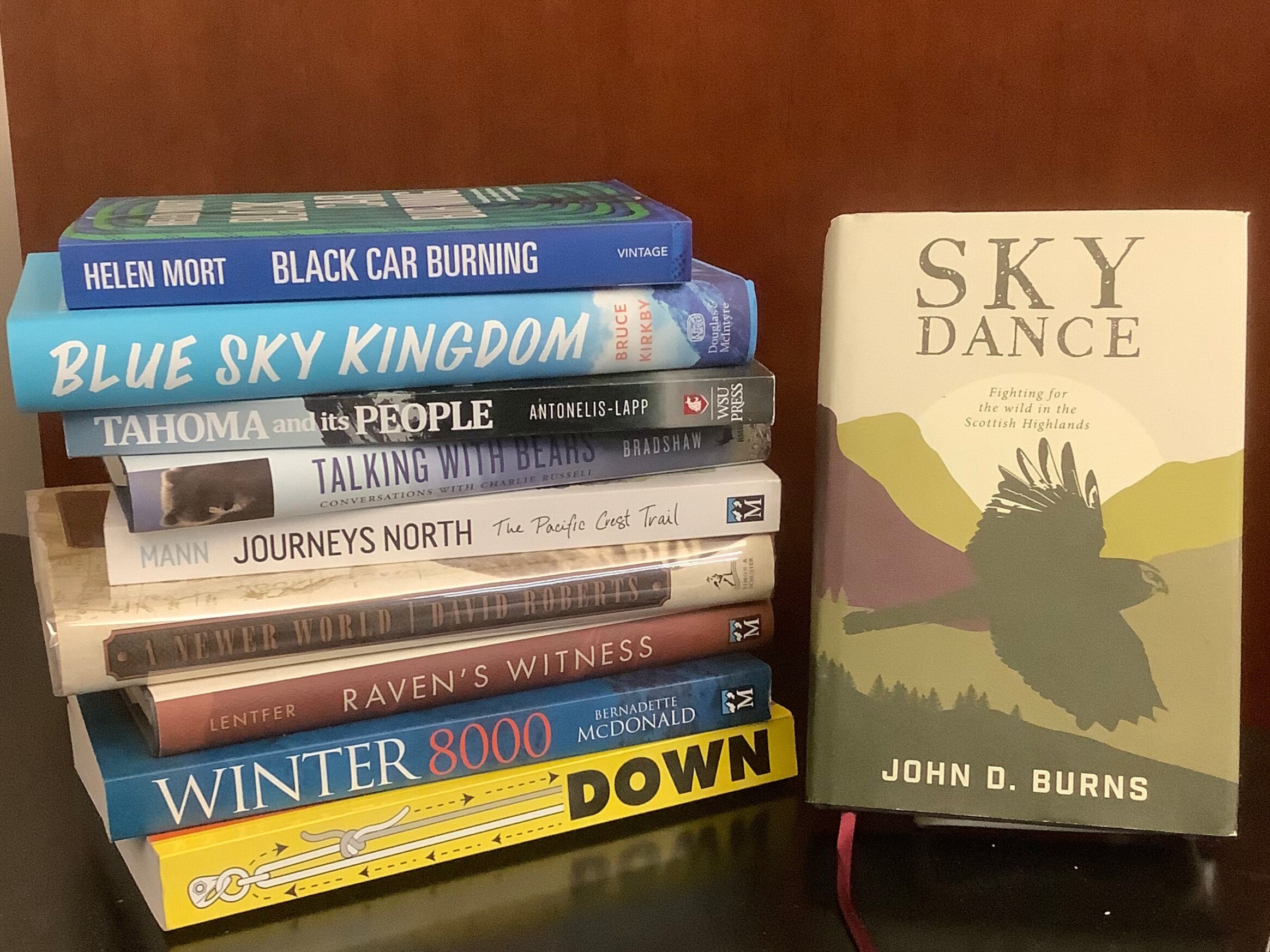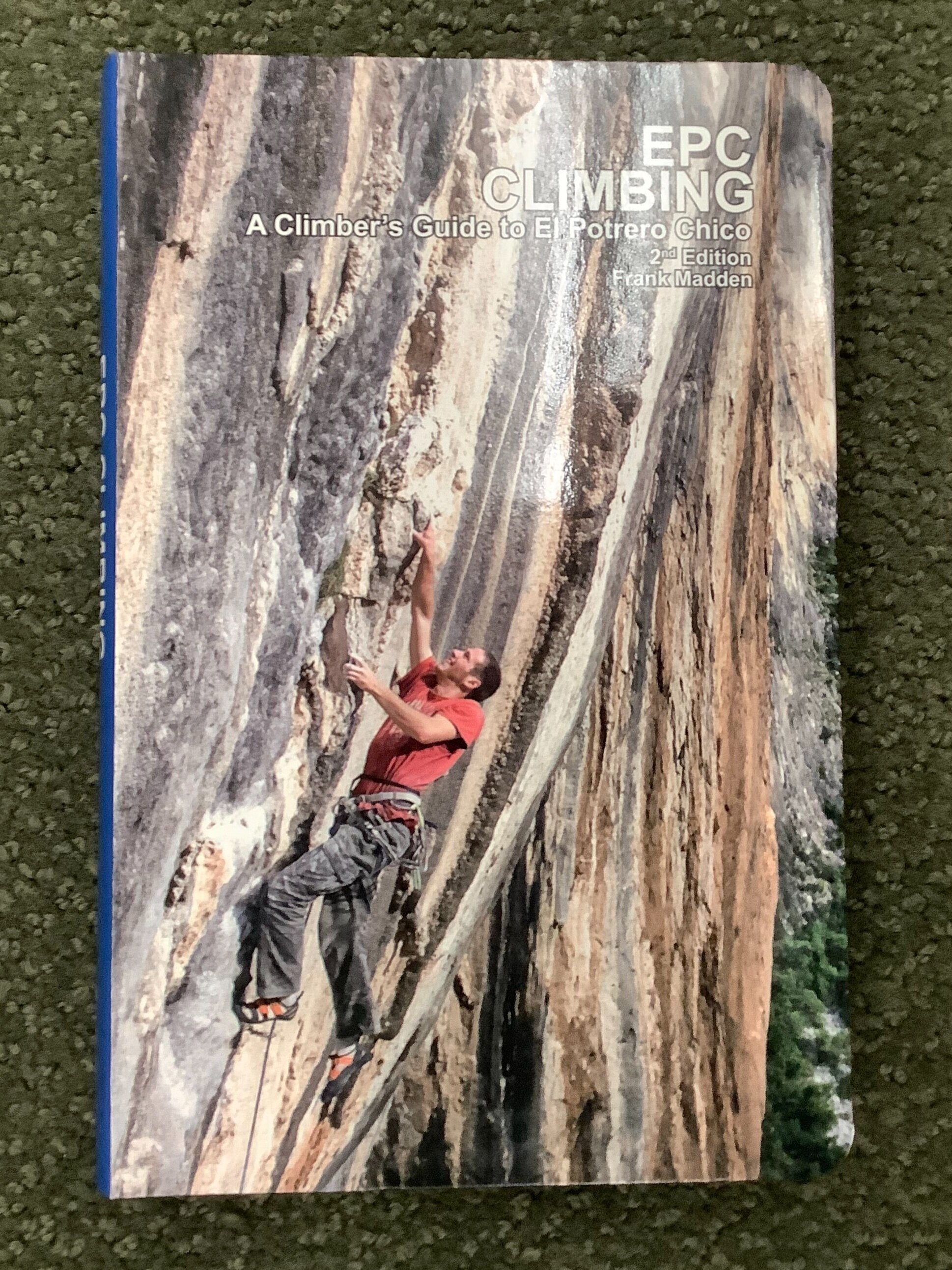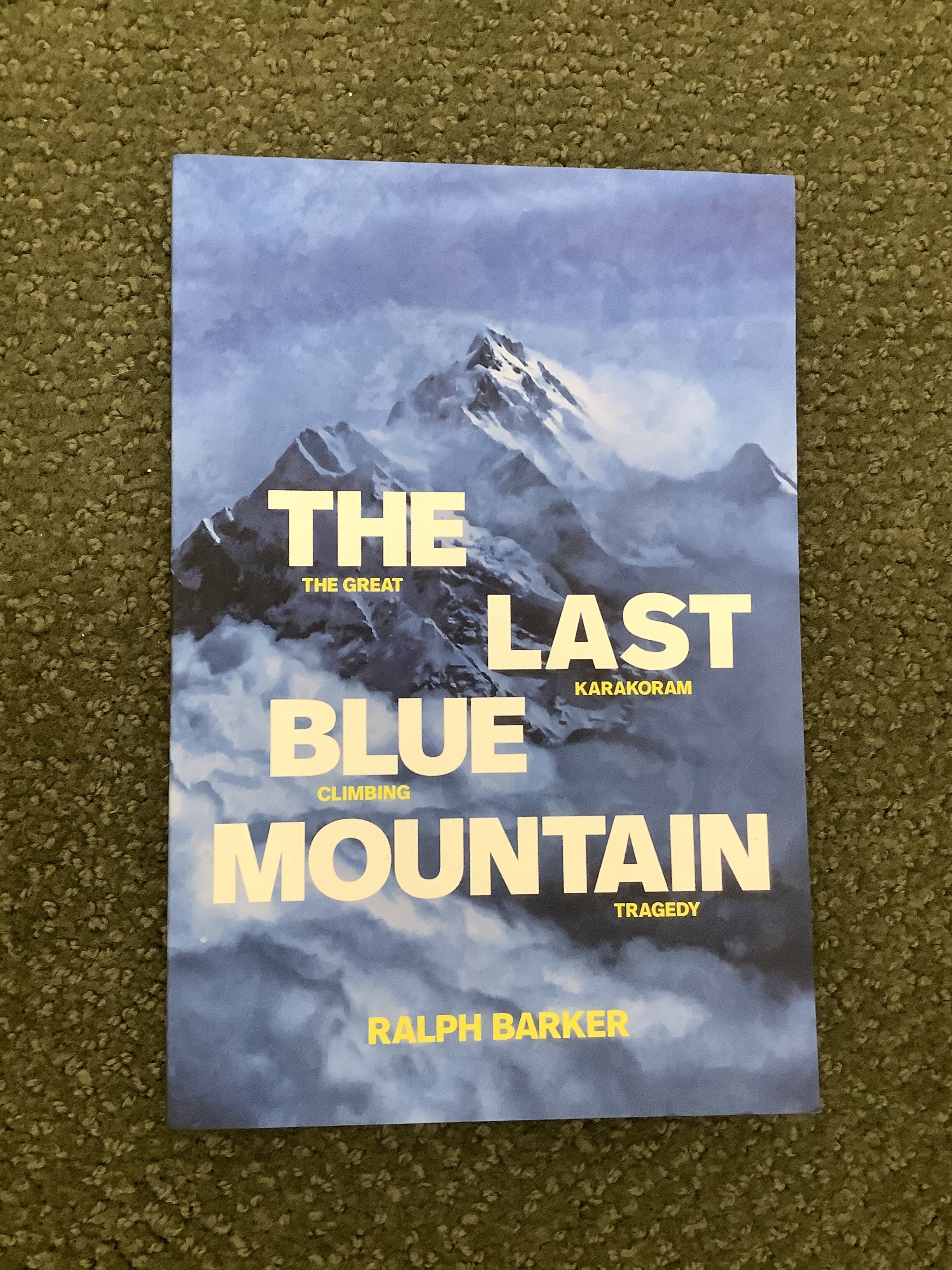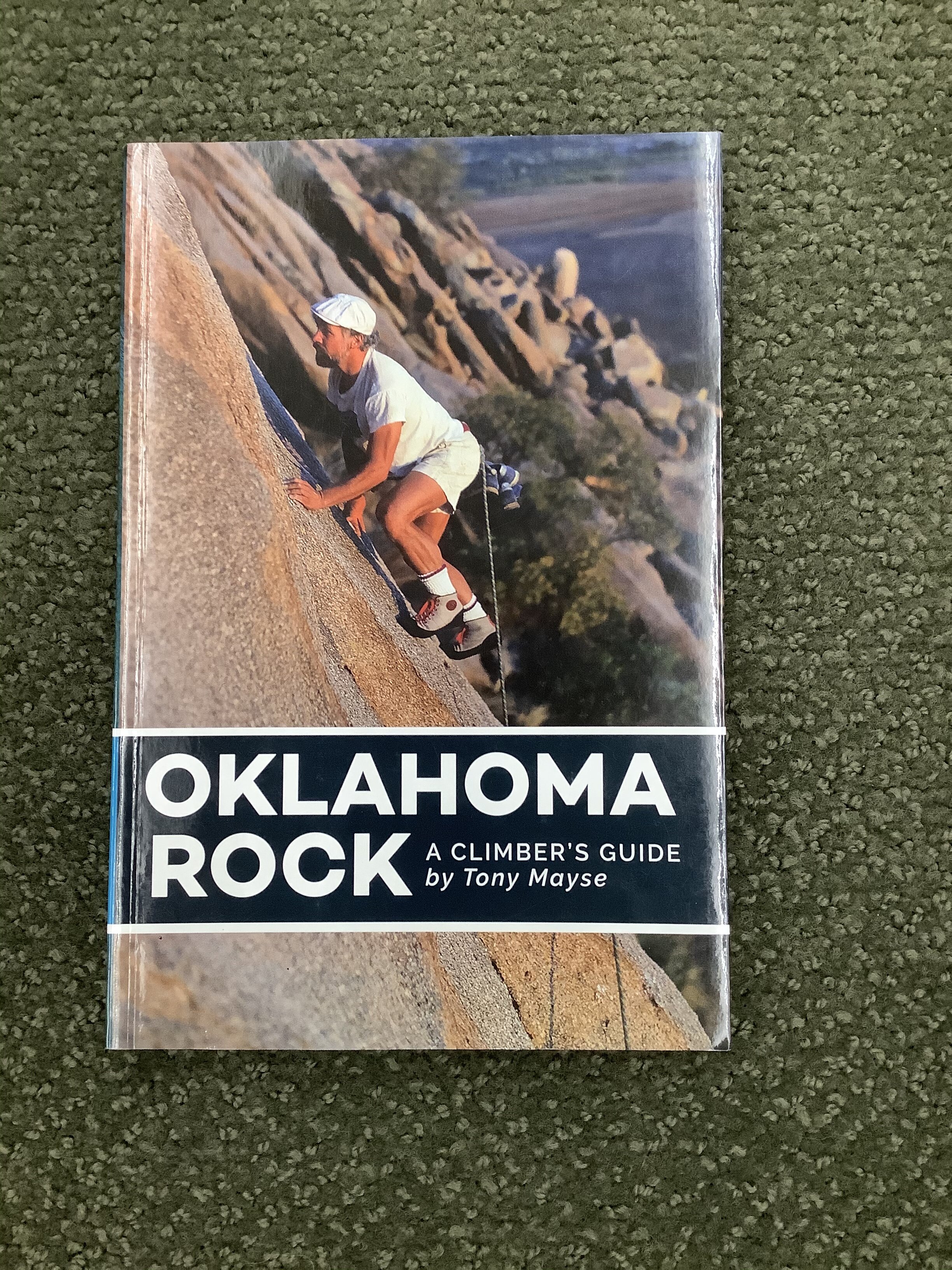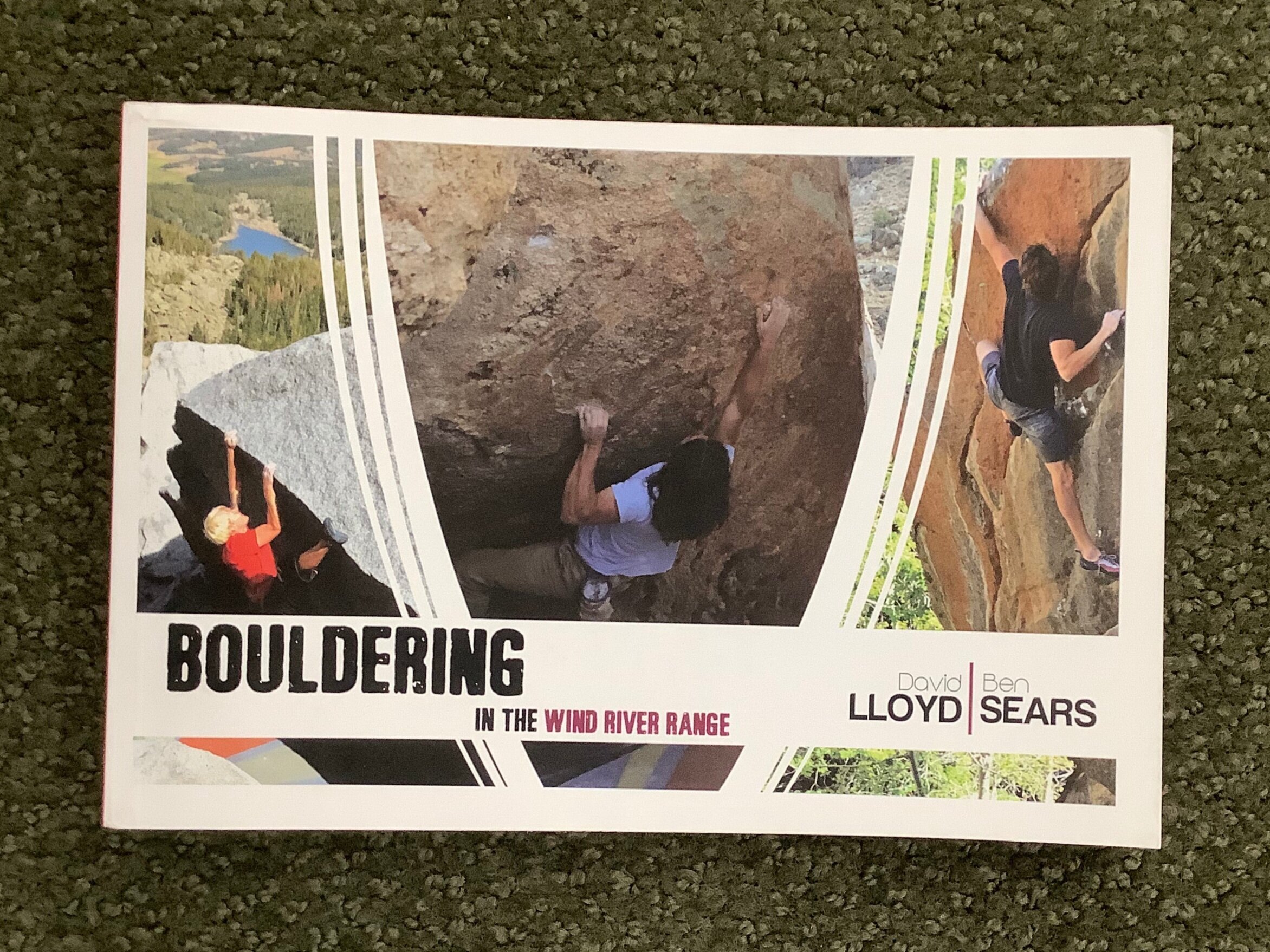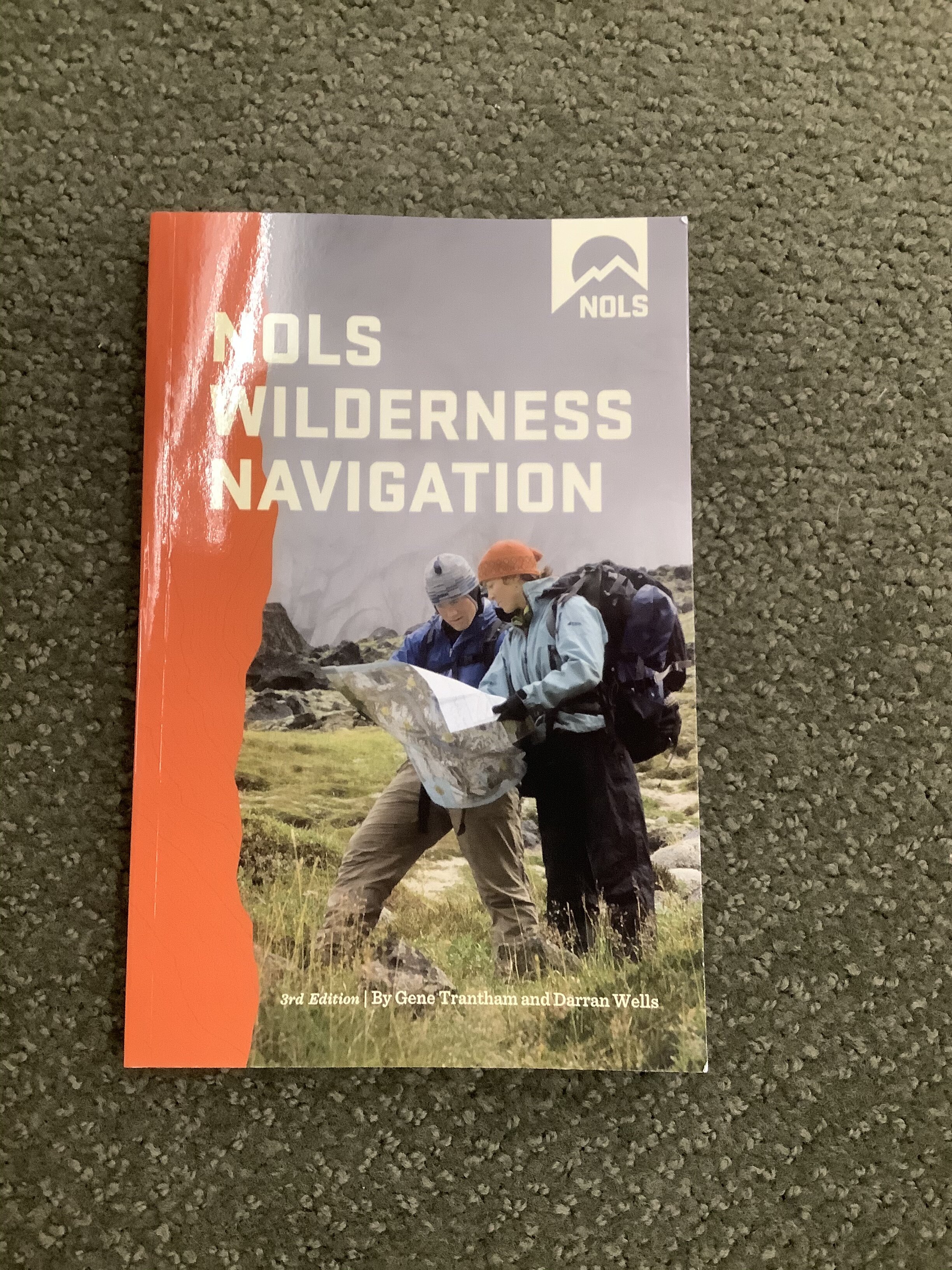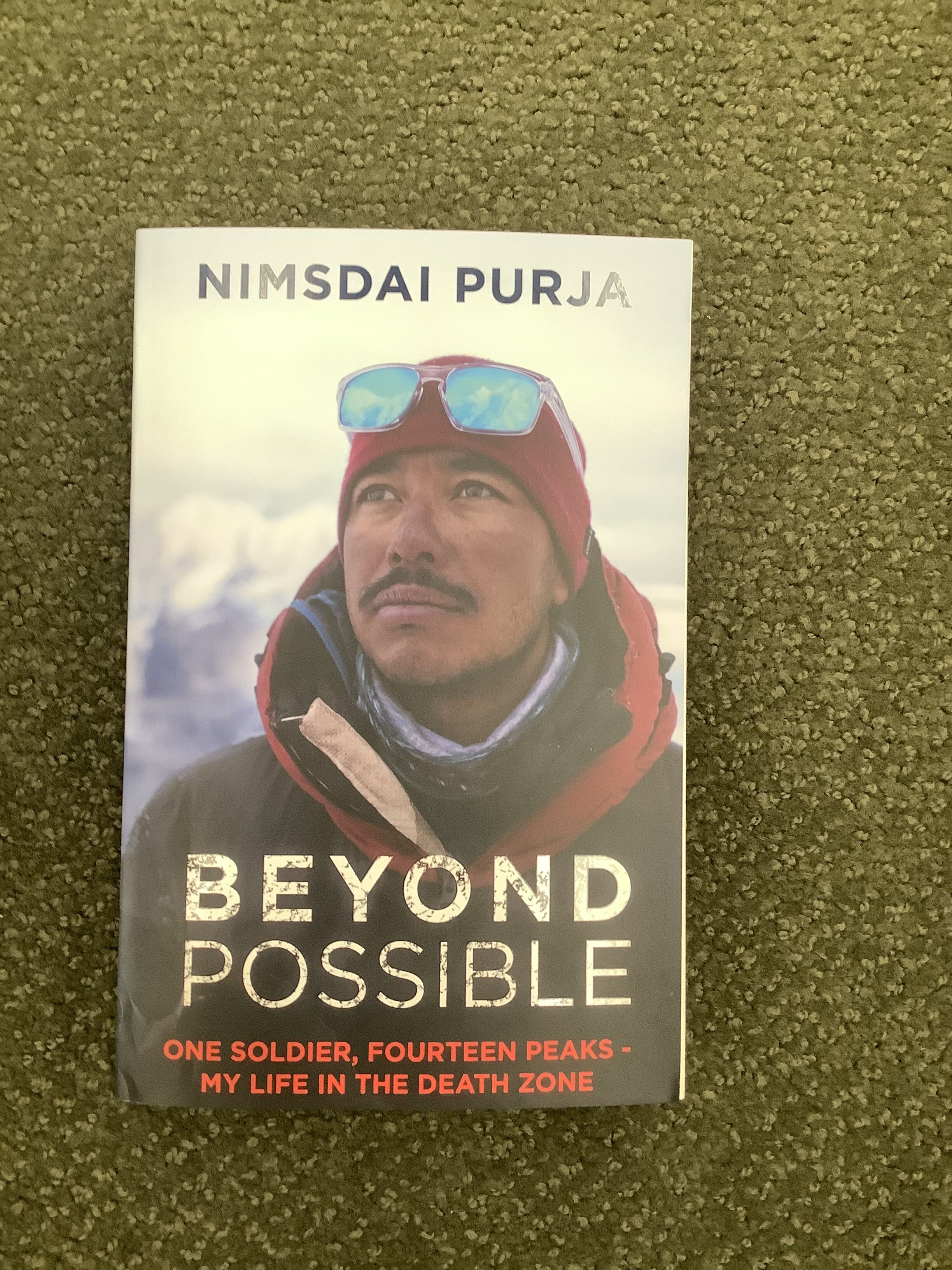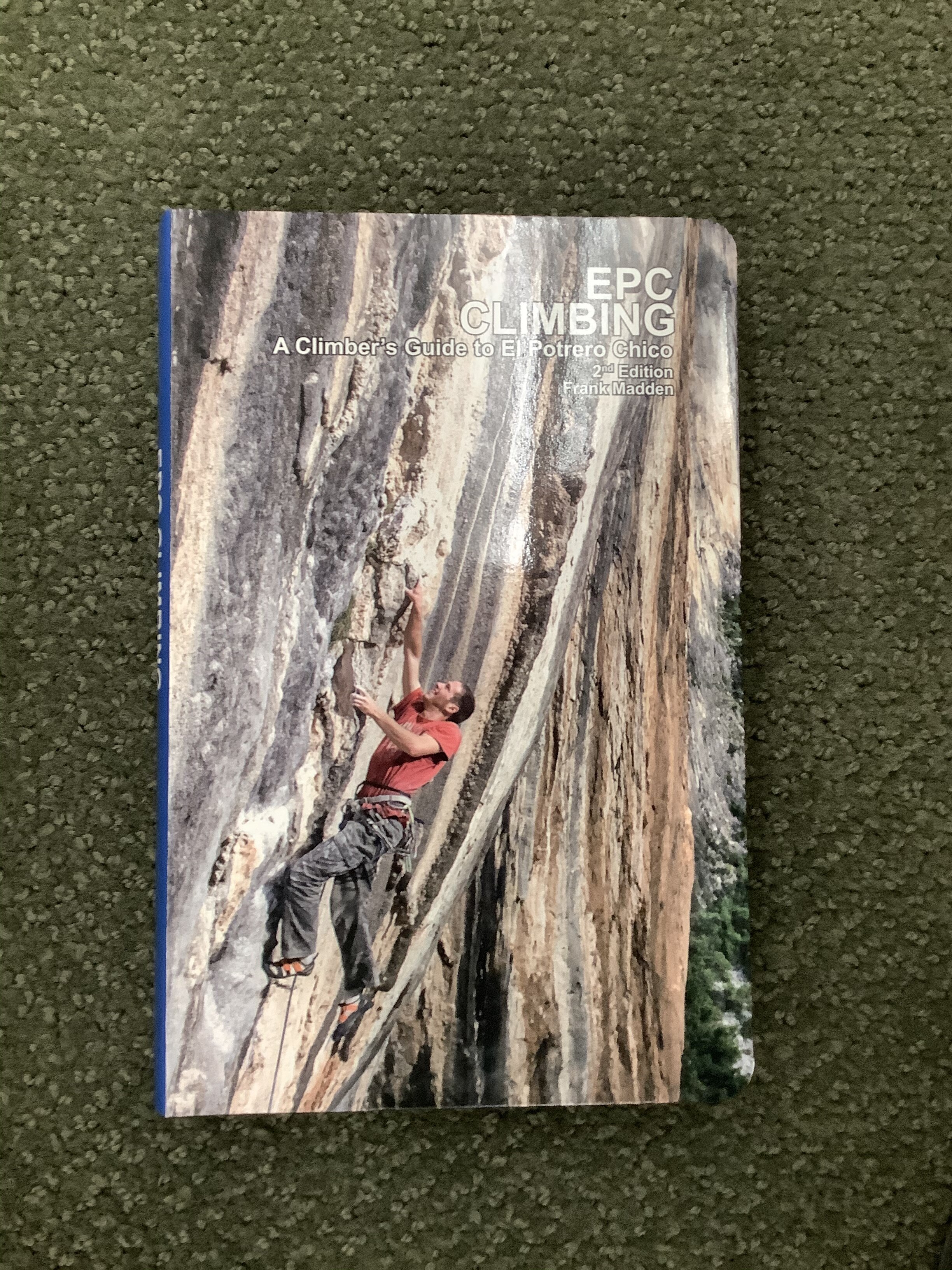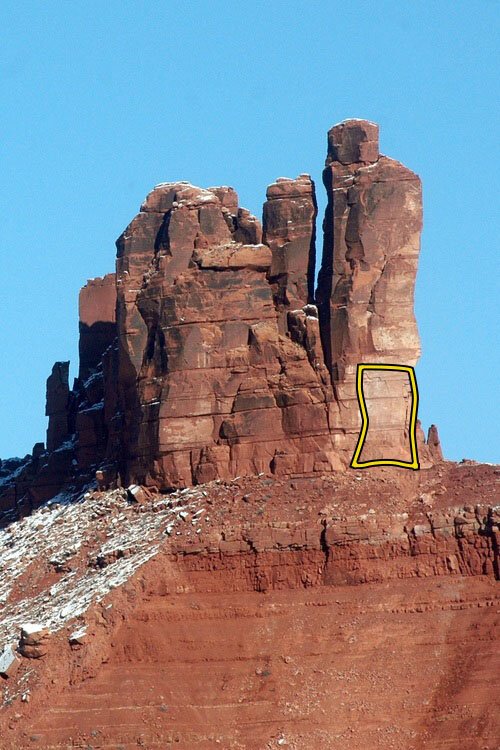The Prescription - March 2021
GROUND FALL – INADEQUATE PROTECTION
COOPER’S ROCK STATE FOREST, WEST VIRGINIA
On October 4, Sarah Smith and I (Mike Paugh, 38) were searching for areas to bring clients with my new guide service, Ascension Climbing Guides. While exploring, we were also climbing routes in the area. At the Roof Rocks, about 2 p.m., I racked up to attempt Upchouca (5.12a/b), which begins with an unprotected V5 start. I knew the route was in my wheelhouse of climbing fitness but also at the peak of my climbing limits. I felt confident about the send. I rehearsed the opening moves 10 to 12 times, trying to find my sequence to the hero jug about 15 feet up.
I set off one last time, committing to the boulder problem and fully aware there was a point of no return where I could not jump off without getting injured. I felt gassed and pumped immediately after making it through the crux, probably from the numerous attempts to figure out my sequence. Unfortunately, the placement I had spotted from the ground for my first piece of protection turned out to be complete garbage.
Realizing that I was in trouble, I continued upward and found an excellent horizontal seam. I placed a yellow Metolius TCU up to the trigger, with all three lobes fully engaged, and clipped it using an alpine draw. Breathing a sigh of relief, I asked my belayer, Sarah, to take me. The cam held and I proceeded to shake out my arms. The climbing above looked to ease up significantly, and I identified a couple solid gear placements.
As soon as I shifted my weight to the left to continue up the route, the TCU blew from the rock with the sound of a 12-gauge shotgun. When it popped, a piece of rock hit me in the face as I began to fall. Everything sped up, and the next thing I remember is hitting the ground and screaming in pain. I suffered an open fracture of my left tibia and fibula. Thankfully, there was a party of four climbers nearby who responded to Sarah’s call for help until EMS arrived.
ANALYSIS
I had three surgeries to repair the damage and later remove the external fixation device attached to my leg. I’ve been doing great with my recovery, and I’ve started climbing again in the gym.
Looking back, I’ve thought about the risk assessment I should have made before attempting the route. Given the hard, bouldery crux in the first 15 to 18 feet of this route and the rocky landing below it, I should have placed bouldering pads at the base of the climb, treating it like a highball boulder problem. Protecting the landing zone should have been priority number one, especially for a ground-up, onsight attempt. Once I reached the jug hold past the crux, I was in a no-return, no-fall zone, especially without any pad protection.
I’ve also realized I should have considered setting up a top-rope to rehearse the route, due to its PG-13 rating and not being able to assess gear placements adequately from the ground. Had I done so, I could have climbed the route with little to no consequences, assessing the rock quality (which was a little chossy in the crack) and gear placements before leading the climb. I also could have backed up the single TCU with another placement before asking Sarah to take my weight.
I am extremely grateful to the group of young climbers who kept me calm and called 911, to Jan Dzierzak, the Cooper’s Rock superintendent, to Adam Polinski, who showed the rescue group the easiest way out during the extraction, to the local rescue volunteers and professionals who responded to the call, and to the highly skilled orthopedic surgery and physical therapy staff at WVU–Ruby Memorial Hospital. I have received amazing support from my climbing community, family, and friends, not just locally but also nationally. (Source: Mike Paugh.)
Mike’s family and friends set up a Go Fund Me page to offset expenses that weren’t covered by his health insurance.
EUROPEAN ACCIDENT STUDIES
Two recent papers on the nature and causes of rock climbing and mountaineering accidents in Europe are available to download:
• Mountaineering incidents in France: analysis of search and rescue interventions on a 10-year period, published in the Journal of Mountain Science. The download link (a fee or institutional access required) is here.
• Rock Climbing Emergencies in the Austrian Alps: Injury Patterns, Risk Analysis and
Preventive Measures, published in the International Journal of Environmental Research and Public Health. The full article can be downloaded (no charge) from the U.S. National Institutes of Health.
Incidentally, two of the lead authors on these studies, Maud Vanpoulle (France) and Laura Tiefenthaler (Austria), are very accomplished alpine climbers. Tiefenthaler climbed both Cerro Torre and Fitz Roy last season, and Vanpoulle’s climbs in Chile’s Cordillera Darwin with the French national women’s mountaineering team appeared in the 2019 American Alpine Journal.
THE SHARP END
Near misses are greatly under-reported in climbing and backcountry skiing, yet they are plentiful. What leads them to be under-reported and how can they help climbers avoid future accidents? In Episode 62 of the Sharp End, Joel Reid, the Washington Program Director at the Northwest Outward Bound School, and Steve Smith, from Experiential Consulting, chat with Ashley about the importance of reporting and studying near misses. The Sharp End podcast is sponsored by the American Alpine Club.















